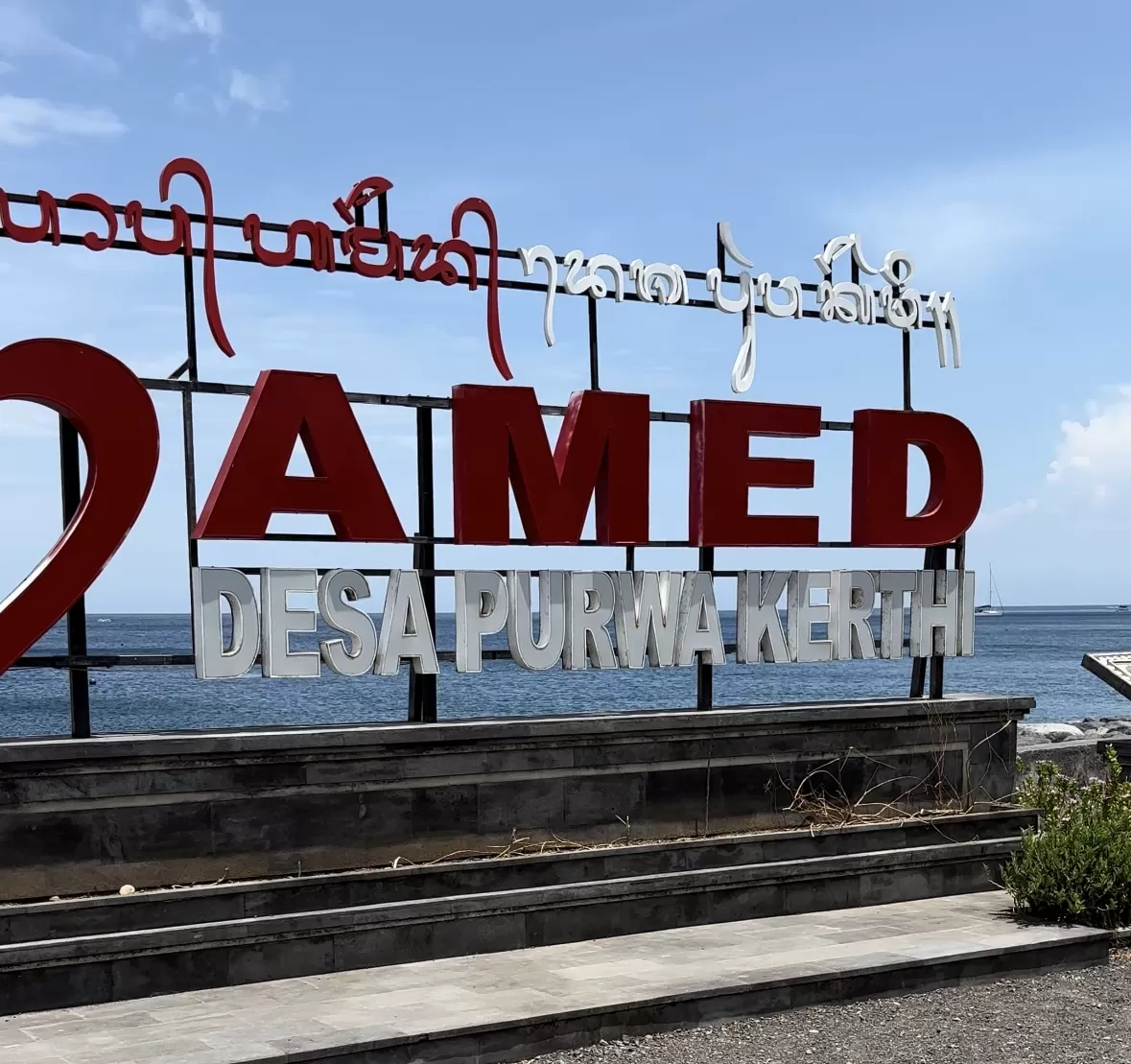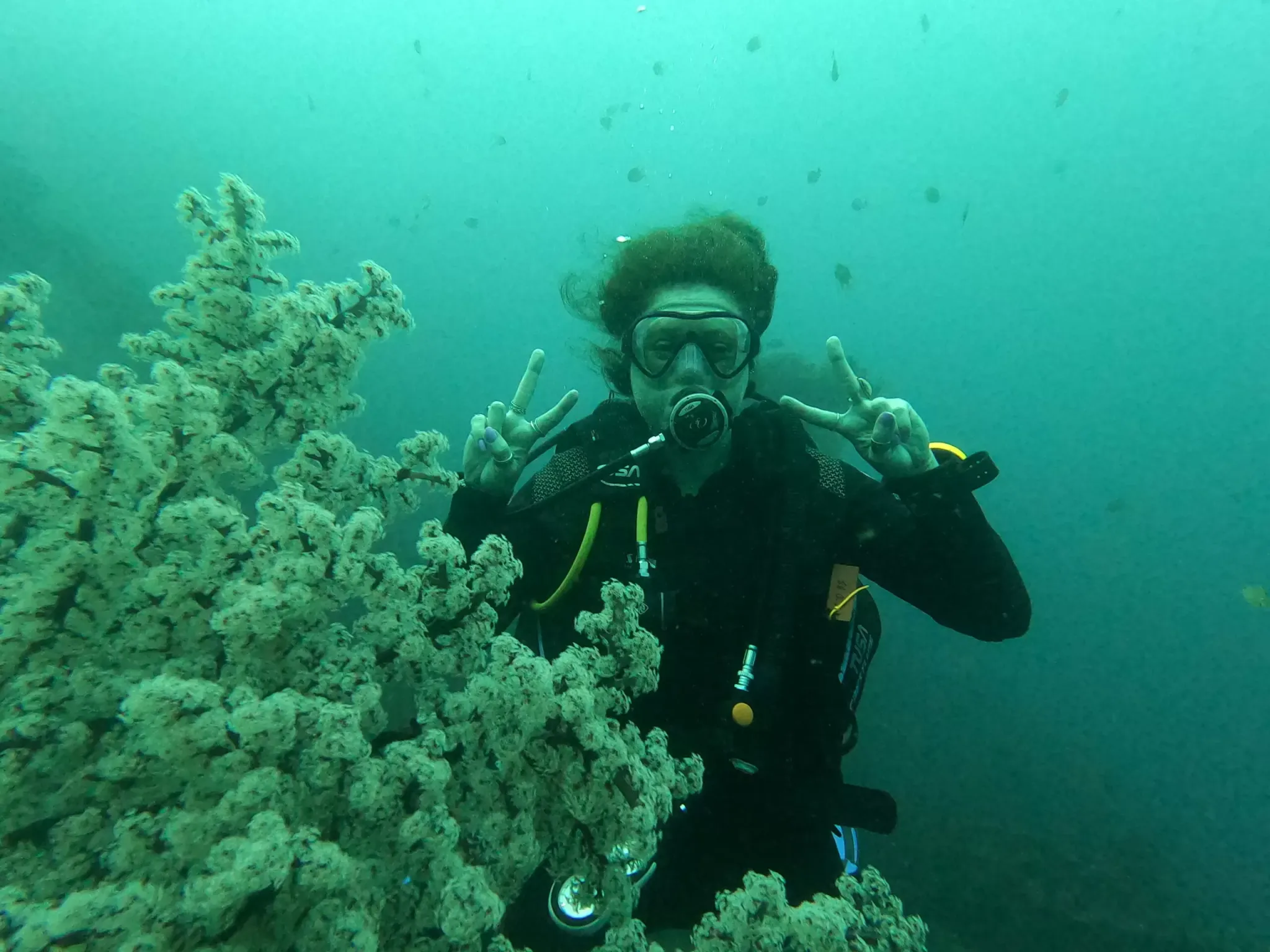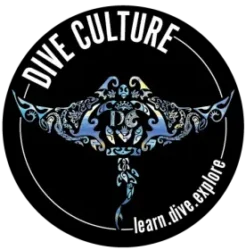The Enchanting History of Amed, Bali: A Journey Through Time
Amed, a serene coastal stretch in the eastern part of Bali, Indonesia, is known for its dramatic landscapes, vibrant marine life, and rich cultural heritage. This blog post delves into the fascinating history of Amed, exploring how this once-sleepy fishing village transformed into a beloved destination for travelers seeking tranquility and adventure.
Early Beginnings: A Fishing Community
The Traditional Livelihood
For centuries, Amed was primarily a fishing community. The life in Amed revolved around the sea, with generations of families engaging in traditional fishing methods. These fishermen ventured out in jukung (traditional Balinese boats) to provide for their families, creating a rhythm of life deeply connected with the ocean.
The Salt Pans
Apart from fishing, salt farming has been a crucial part of Amed’s economy. The unique method of producing salt through evaporation of seawater in hollowed-out coconut tree trunks is a practice that dates back generations and continues to this day, preserving a significant part of Amed’s cultural heritage.
A Hidden Gem: The Discovery by Divers
The Rise of Scuba Diving
The 1970s and 1980s marked a turning point for Amed with the arrival of scuba divers. Drawn by the pristine coral reefs and the famous USAT Liberty shipwreck from World War II, divers began to explore the waters around Amed, uncovering a world of underwater beauty that had remained hidden for ages.
Growth of Dive Tourism
As word spread about the incredible dive sites in Amed, more dive shops and resorts began to emerge. This influx of tourism brought new opportunities and challenges to the local community, transforming Amed from a quiet fishing village into a destination for international travelers.
Cultural Richness: The Balinese Way of Life
The Influence of Hinduism
Amed is steeped in Balinese culture, heavily influenced by Hinduism. This is evident in the daily rituals, temple ceremonies, and festivals that are a vibrant part of life in Amed. The community’s deep spiritual connection to both the land and the sea reflects in their respect for nature and the environment.
The Arts and Crafts
The region around Amed is also known for its arts and crafts, particularly the traditional ikat weaving. This intricate textile art, along with wood carving and traditional music, forms an integral part of Amed’s cultural identity, attracting visitors interested in Bali’s rich cultural tapestry.
Modern Amed: Balancing Tradition and Tourism
Sustainable Tourism
In recent years, there has been a growing emphasis on sustainable tourism in Amed. Efforts are being made to balance the economic benefits of tourism with the need to preserve Amed’s natural and cultural heritage. This includes promoting eco-friendly practices and supporting local businesses.
Amed Today
Today, Amed is a harmonious blend of tranquil beaches, world-class diving, and rich cultural experiences. Visitors can enjoy the laid-back atmosphere, explore the vibrant coral reefs, or immerse themselves in the local culture through village tours and cultural events.
Conclusion
In conclusion, the history of Amed is a captivating tale of transformation, resilience, and cultural richness. From its humble beginnings as a fishing village to its current status as a cherished destination, Amed continues to enchant visitors with its unique blend of natural beauty and cultural depth. As we explore this beautiful part of Bali, let’s remember to respect and contribute positively to the preservation of Amed’s extraordinary heritage.







Leave A Comment